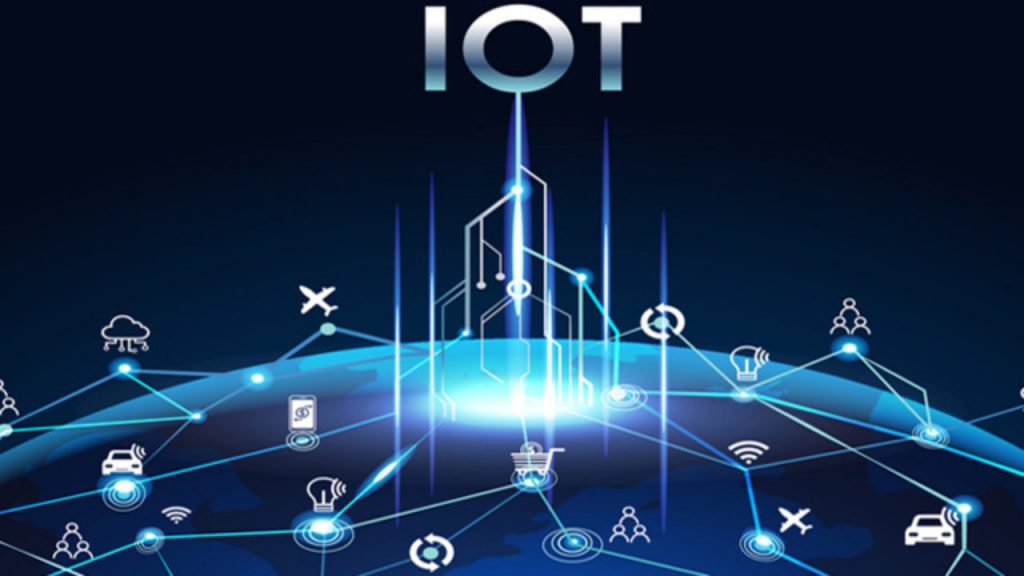The Internet of Things (IoT) is changing how people live and work by allowing seamless connectivity between deployed devices and backend systems. As such, we are seeing more organizations incorporate IoT solutions into their everyday operations, whether that be in healthcare, industrial automation, or smart city applications. Needless to say, this makes reliable IoT connectivity essential to the modern way of life.
Yet maintaining strong connectivity for IoT networks can pose unique challenges. Resource limitations, harsh environmental conditions, mobility concerns, and security and compatibility issues with emerging protocols can make ensuring consistent IoT connectivity a bit tricky. As such, it’s essential that companies address these challenges to realise the full potential of IoT connectivity and unlock innovative applications that enhance efficiency, safety, and quality of life.
Understanding IoT connectivity
IoT connectivity allows devices to communicate and exchange data with the cloud, other devices and integration points, such as gateways. The main technologies powering IoT connectivity include cellular networks (2G, 3G, 4G, 5G, NB-IoT, LTE-M), low-power wide-area networks (LPWANs) such as LoRaWAN, Sigfox, short-range wireless (Bluetooth, Wi-Fi), Wi-Fi HaLow and satellite.
Each technology has its strengths and limitations and can be used to cater to the requirements of different use cases based on any number of factors, including coverage, energy efficiency, data rate, latency and power consumption, among others.

Choosing the right IoT connectivity
Selecting the appropriate IoT connectivity technology should be a strategic decision, as it can significantly impact the success and scalability of an IoT deployment. Consequently, organisations should consider:
- Coerage: The geographic area or range that the connectivity solution needs to cover is extremely significant, as some connectivity technologies (Bluetooth and Wi-Fi, for example) have limited range, while LPWANs offer wider coverage, and cellular networks and satellite offer nationwide to global coverage.
- Bandwidth: The amount of data that will be transmitted will determine the required data rate. Data rate requirements of IoT applications will vary, as some need high data rates for real-time communication, while others can operate with lower data rates.
- Power consumption: The power consumption requirements and limitations of IoT connectivity options can significantly impact the performance of connected device’s lifecycle. Some technologies, such as LPWANs and features introduced in LTE-M and NB-IoT, are designed to minimise power consumption, which can keep devices in the field extend battery life.
- Scalability: Ensure that the connectivity technology’s scalability can support the number of devices that will be deployed and accommodate future growth.
- Latency: Some IoT applications, such as real-time monitoring or control systems, require low latency, while others can perform adequately on higher latency.
- Security: The security features provided by the connectivity technology can make or break a deployment, as IoT devices are vulnerable to cyber threats. As such, it is crucial to choose a technology that offers strong security measures including authentication with tamper tolerant hardware such as SIM/eSIM/iSIM.
- Interoperability: Ensure that the connectivity technology is compatible with existing infrastructure and is able to integrate with other systems and devices.
- Cost: The overall cost of the connectivity solution, including software, hardware and service fees, should be an obvious consideration. Some technologies, such as cellular networks, may have lower upfront costs but incur running charges, while others, such as LPWANs, offer lower rates long-term but involve considerable overhead unless there is a pre-built network.
- Environmental factors: Depending on the environment in which the IoT devices will operate, some connectivity technologies may be more appropriate than others. Deployments in less hospitable environments will face performance challenges from factors like temperature, humidity, dust, etc.
- Regulatory compliance: Ensure that the IoT connectivity technology complies with relevant industry and government laws, regulations and standards.
- Blending multiple connectivity options: Limiting a fleet of IoT devices to a single connectivity type may create unnecessary stress and coverage gaps in a deployment. Blending multiple connectivity options to ensure fuller coverage and more consistent uptime might circumvent geographical challenges, remove carrier limitations, expand the kinds of devices that can be deployed and any number of other obstacles.
For wide-area or remote IoT deployments, technologies such as NB-IoT, LTE-M, and LTE Cat 1 may be preferable, as they strike a balance between coverage, energy efficiency and data rate requirements.

Challenges in maintaining reliable connectivity
Having consistent, reliable IoT connectivity sounds simple enough, but nothing in the technology world is cut and dry, and organisations must be prepared to face several challenges.
One of the primary challenges is ensuring consistent connectivity coverage, especially in remote or harsh environments. Finding a connectivity solution that incorporates multiple carriers and/or technologies can help plug any gaps that may pop up when fielding these challenging deployments. This can even be impacted by the sunsetting of aging network technologies or the rollout of new ones, which can disrupt existing IoT network setups, requiring businesses to adapt and migrate their solutions.
Security should also be at the front when researching an IoT connectivity provider. IoT devices and networks are vulnerable to a number of security threats, including data breaches, malware attacks and even physical tampering. Implementing robust security measures and addressing vulnerabilities is essential for protecting sensitive corporate data and ensuring the reliability of IoT connectivity.
Look for a connectivity solution that can insulate a deployment from the public internet by providing an isolated network for the devices and the servers or even specialised services that connect directly to a virtual private cloud environment of your choice. Even the SIM used to connect your devices can be a factor, as utilising your SIM/eSIM as an authentication token instead of embedding credentials in the devices themselves. This has the added benefit of reducing costs by removing credentials management from the server side.

Best practices for IoT connectivity
Here are some best practices for developing an IoT connectivity business strategy:
1. Define clear goals and requirements
Establishing clear goals and objectives is crucial when planning an IoT connectivity strategy. Companies must carefully evaluate their current operations to identify their existing connectivity needs and areas for improvement. Organisations must also clearly define their requirements for bandwidth, latency, power consumption and security capabilities to ensure the connectivity solution they select aligns with their specific use cases.
2. Design for scalability, reliability and security
Businesses must design their IoT networks with scalability, reliability and resilience in mind if they plan to accommodate a growing number of devices. Consider separating IoT traffic from other network traffic for better visibility and security, and implementing robust authentication, access control, network segmentation and encryption to establish a strong security posture. It’s also important to keep firmware up-to-date and monitor network traffic regularly to maintain IoT security.
3. Select the right connectivity solution for your deployment
Companies need to choose the connectivity solutions – and connectivity partners – that work best for their specific needs and use cases. There is no one-size-fits-all solution for IoT, so organisations need to research and select the IoT platforms that best address their unique requirements. They also need to decide how to manage and control the infrastructures of their IoT networks, which involves choosing between cloud-based or on-premises solutions. Strong connectivity is key to deploying critical IoT applications, from healthcare and industrial automation to smart cities. By carefully assessing requirements, selecting the appropriate technologies and implementing best practices, businesses can prepare for challenges like gaps in coverage, cost fluctuations and security vulnerabilities.
By ensuring reliable IoT connectivity, organisations can fully harness the power of the Internet of Things, driving efficiency, innovation and better outcomes across a variety of industries.

Article by Kenta Yasukawa, Soracom co-founder and CTO
Comment on this article below or via X: @VanillaPlus and visit our website VanillaPlus






